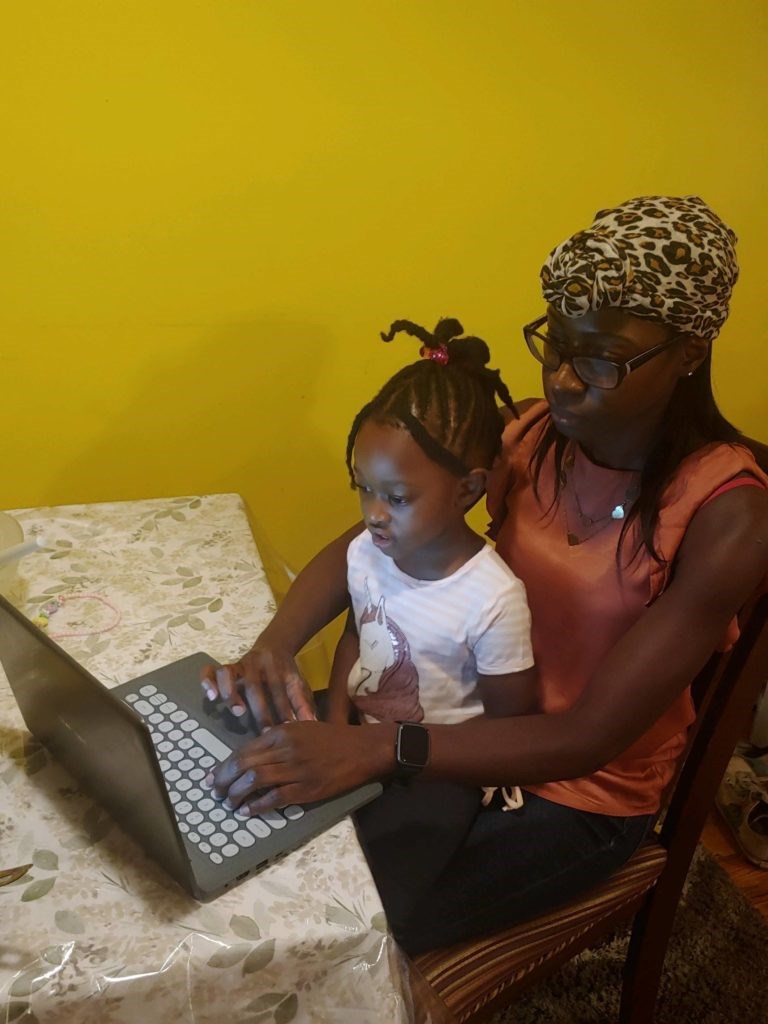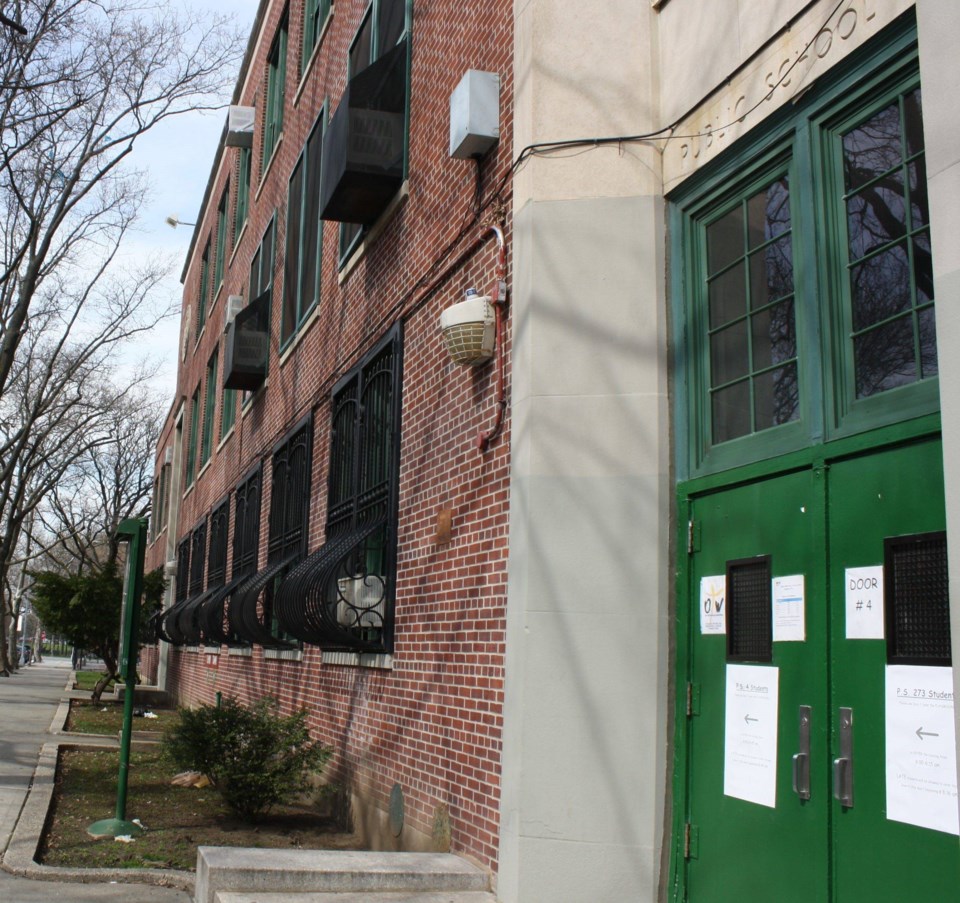Like it or not, remote learning is becoming an integral part of how schools teach--at least for the foreseeable future.
With public schools set to open on Sept. 10, Mayor Bill De Blasio has a blended learning plan that includes in-class and virtual learning. But for many parents, especially of younger children, virtual learning was a struggle during the lockdown.
"I definitely have concerns about sending my daughter back to school, but I have more concerns about keeping her home and not learning what she should be learning," Karon Forde, the mom of a Bedford Stuyvesant preschooler, told BK Reader.

Preschool education has become a key component of the New York City public school system, with the aim of creating a solid academic foundation early to help students succeed in the higher grades.
"Trying to get a 3-year-old child to sit down in front of a computer for more than 10 minutes to absorb lessons is difficult," Forde, whose daughter Kharis attends a Canarsie school, said about the virtual Zoom classroom sessions that began in April.
"A lot of the kids were more excited to see their friends. In the middle of the lessons, they would start talking to each other," the Canarsie Community Center Director added.
Questionable success
Remote learning also challenged students expected to work independently. Joshua Applewhite, a 17-year-old Sunset Park student, told BK Reader how sitting in front of a computer for hours a day didn't suit his style of learning. He said he was better fitted for classroom interaction--asking questions, debating issues and sharing ideas in person.
Nationwide, school districts received a failing grade for their pivot to remote learning, according to a Wall Street Journal analysis. Among the problems: A digital divide in which many low-income students didn't have computers or access to high-speed internet. In New York, about 300,000 students lacked devices or Wi-Fi when Gov. Andrew Cuomo issued the shelter-in-place order.
It was also unclear exactly how much virtual learning actually took place. Many students across the country often didn't show up for their virtual classes. Here in New York City, school officials couldn't answer questions from a City Council oversight committee about how much live instruction students received during the lockdown.
Education emergency

Dr. Natalie B. Milman, a professor of educational technology at The George Washington University, told BK Reader data showed success with remote learning in the spring was mixed.
She emphasized the pandemic created a previously unimaginable massive education emergency. "I don't see how anyone could have done an awesome job if you find out that in two days you have to completely shift the way you've been functioning, working and teaching for years," she said.
Looking ahead to the fall semester, parents of younger children must figure out how to juggle work and hands-on involvement with their child's remote learning. If the spring semester is any indication, there are challenges ahead.
Kharis had Zoom classes five days a week. Activities included circle time, where students sang songs and learned the alphabet and shapes.
"Initially, I tried to log on every day," Forde said. "At that time, we were facing a lot of layoffs and transitioning to working remotely. Juggling working from home made it difficult to keep up with daily lessons."
Forde spoke with Kharis' teacher about the challenges and recommended time be set aside after lessons for the students to socialize virtually. Forde also asked to receive the lessons so she could work with her daughter at convenient times.
Research overwhelmingly shows parental involvement in the learning process is critical, Milman said. In the new learning environment, the level of parental engagement should vary depending on the needs of their children.
Milman offers these tips to parents:
Designate a workspace for kids. It could be outside, on a porch or balcony, if weather permits.
Figure out schedules. Help students organize their time between virtual class sessions.
Help students stay on track with assignments. Create calendars and to-do lists.
Ask kids questions about remote learning. Ask younger kids what they learned, what they liked or didn't like. For older students, it's OK to be a bit more hands-off, but ask them about their schedule and what they're doing in virtual classrooms.
Contact teachers if there's a problem. Parents shouldn't hesitate to advocate for their young children. For older kids, encourage them to speak to their teacher and guide them in advocating for themselves.




